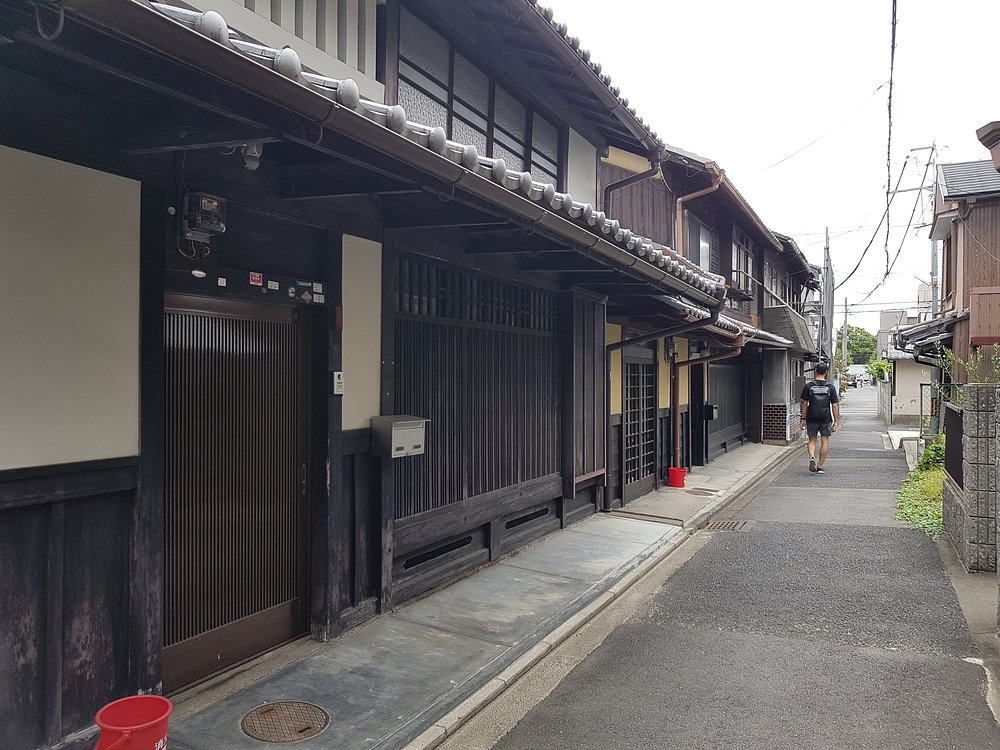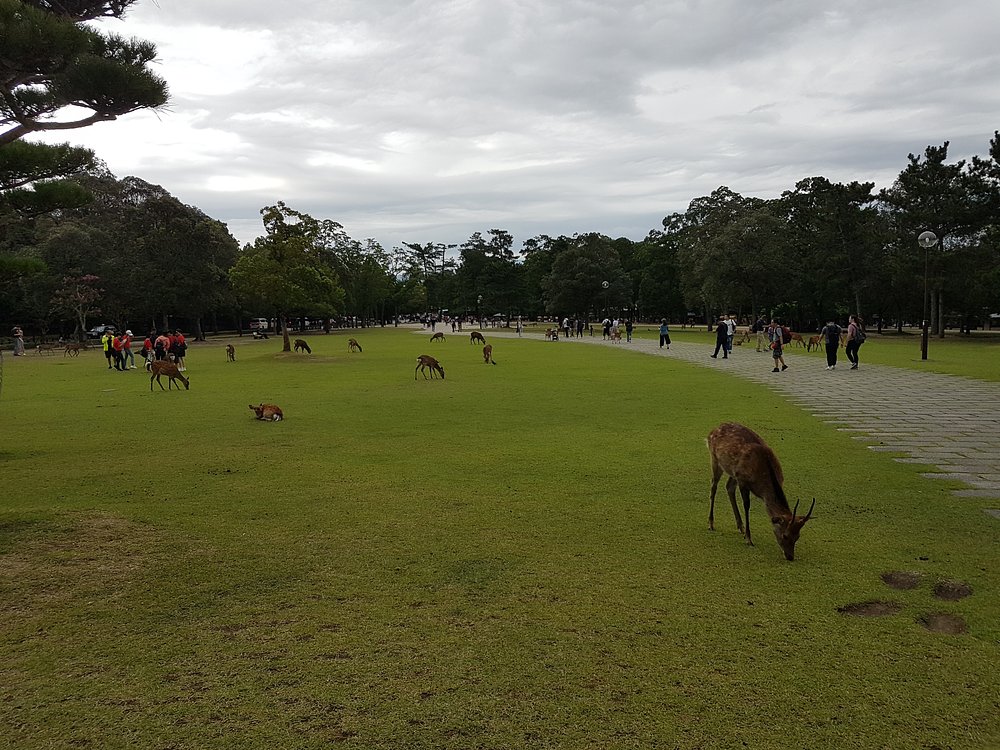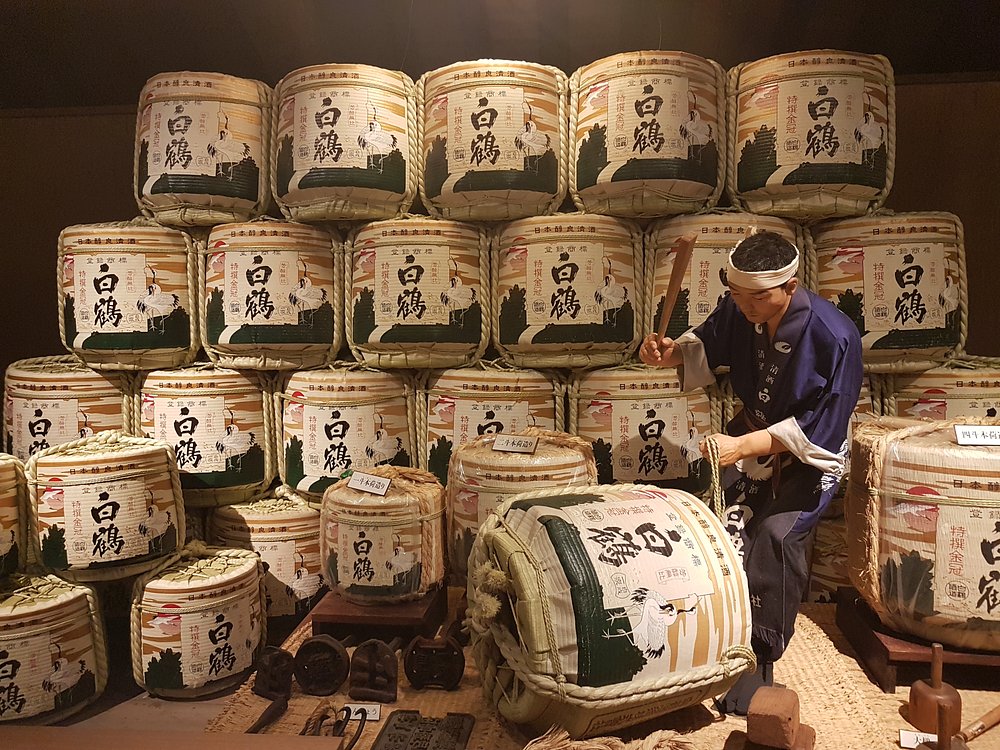Foreword
Japan is incredibly interesting place with lots to see, but there are two key points to be aware of:
- The cost of travelling in Japan is extremely variable. For my trip, I got a JNR rail pass, made do with local metros, and stayed in bunk-style hostels to keep the price down a little, but Japan is not exactly a cheap country. Consider your budget prior to going, as things there are typically more expensive than you expect.
- Although physical travel is easy, planning how to get around can be challenge. Getting a mobile SIM in Japan is not as easy as in many other places, as most phone companies require a local address to give you one. There are some providers that will sell you one, but the alternative is a mobile WiFi hotspot which you can pick up (and return) at some airports.
Arrival
I'm going to guess that 90% of people reading this will arrive in Narita airport, which is actually a fair ways outside of Tokyo. From Narita, the most convenient way to get into the city is by bus, which will drop you off at Tokyo Station. I would assume Haneda has similar services, but I didn't bother checking as I didn;t get in or out from there. Note that travelling from North America to Japan crosses the international date line, so you will arrive at least one full day after you left.
okyo has a massive network of urban trains, subways, and buses, and like most of Japan, the public transit is safe, timely, and very fast, so there is little reason to ever use anything else. If you purchased a JNR pass, the Yamanote loop services the various districts of Tokyo; if you did not, invest in a multi-day Tokyo metro pass, which will also give access to the Toei metro lines. Note there are other private lines not covered by the day passes, and the JNR Pass does not cover these metros.
Day 1: Shinjuku and Harajuku
As one of the biggest cities in the world, there are many different Tokyos to explore. Shinjuku is the modern downtown Tokyo. Nowhere is this more apparent than at Shibuya Crossing, just outside Shinjuku Station - you've probably seen videos of hundreds crossing the street there. On the streetcorner directly opposite the station there is Starbucks on the 2nd storey that gives a great view, but can get crowded as a consequence. Also make sure to give Hachiko a good head scratch. Outside of its multitudes, Shinjuku boasts numerous restaurants and shops, though not a whole lot of cultural content. Don Quijote, a Japanese "dollar store" boasts a 7-storey flagship store that sells everything under the sun, and even hosts a Maid cafe, if you are into that sort of things. One additional point of interest is the observation deck at the Tokyo Metropolitan Government Building, which gives sweeping views if the city.
For any Gwen Sefani fans, as well as everyone else, Takeshita Street in Harajuku is worth a visit. About 30 mins from Shinjuku station on foot (shorter by metro), the street is what I can only describe as every little girl's dream? Dozens of cutesy clothing stores, bubble tea shops, and even a cotton candy bar. It's also where you will occasionally find locals dressed up as the epnymous Harajuku girls, among other avant-garde fashions.
Day 2: Asakusa and Ryogoku
Asakusa is the polar opposite of Shinjuku, with its low rise buildings and temple. Senso-ji is the main temple in the area, and is approached via the Nakamise-dōri street market, through the Kaminari-mon gate. There is a median in the avenue that terminates in front of Kaminari-mon that is great for photos, but be careful of getting stuck there once the traffic lights open. The Senso-ji is the oldest temple in Tokyo as a consequence of the WWII bombing, and is worth a seciond visit at night where it is beautifilly lit.
Ryogoku is about a 20 minute walk from Asakusa along the banks of the Sumida River, and if you feel inclined to visit, the Tokyo Sky Tree is a short detour to the east for more city views. Ryogoku's claim to fame is the Sumo Hall, one of the few places in the country where you can see the sport at the highest levels. Note that Sumo is not a year-round sport, so be sure to check for times if you are interested. The sumo museum is located nearby, as well as the excellet Tokyo Edo museum. this museum, which appears to take architectural cues from MASP in Brazil, chronicles the history of the city and has life sized mockups of traditional buldings that you are allowed to explore.
Day 3: Ueno Park and Akihabara
Ueno is Tokyo's most prominent park, and features a large pond, a renowned zoo, and is home to several mseums of note. The park itself with various paths and spots relax alognside locals. Og the museusm in the park, the most prominent is the Tokyo National Museum, which hosts the largest collection of national and Asiatic artifacts and art in Japan.
About a 10 minute walk due south of the park is Akihabara. While originally a hotspot for electronics parts and retailers, the area around Akihabara Station, known as Akihabara Electric Town, is now anime and video game central. There are multiple stores focusing on either one of the two, if not both, and this is good spot to get a deal on used video games and consoles.
Departure
The JNR Rail Pass covers the Tokaido Shinkansen (Bullet Train) that runs east toward Kyoto and Osaka. Be aware, however, that only general trains are covered, not the non-stop express ones. The most accessible Shinkansen stop is the one inside Shinjuku Station. While it is possible to take other trains, they are notably slower, and you amy required to transfer multiple times between different regionla operators. Trains in Japan arrive and depart exactly as scheduled, so make sure you are on the platform early.
Travel by bus or car is also possible, but the train system is so efficient I wouldn't bother.







Share your thoughts
Please Sign In to leave a comment.
Please Sign In to leave a comment.